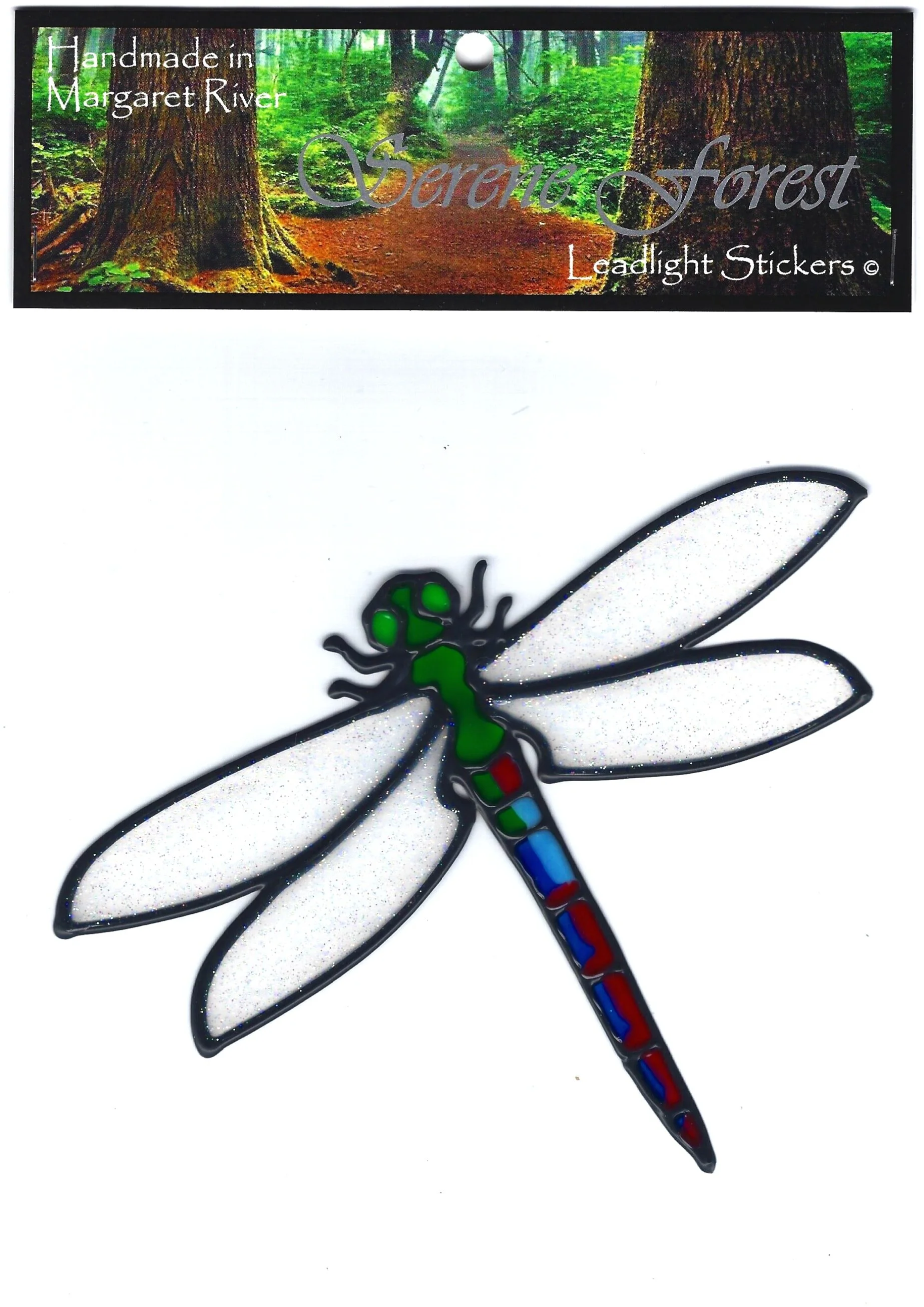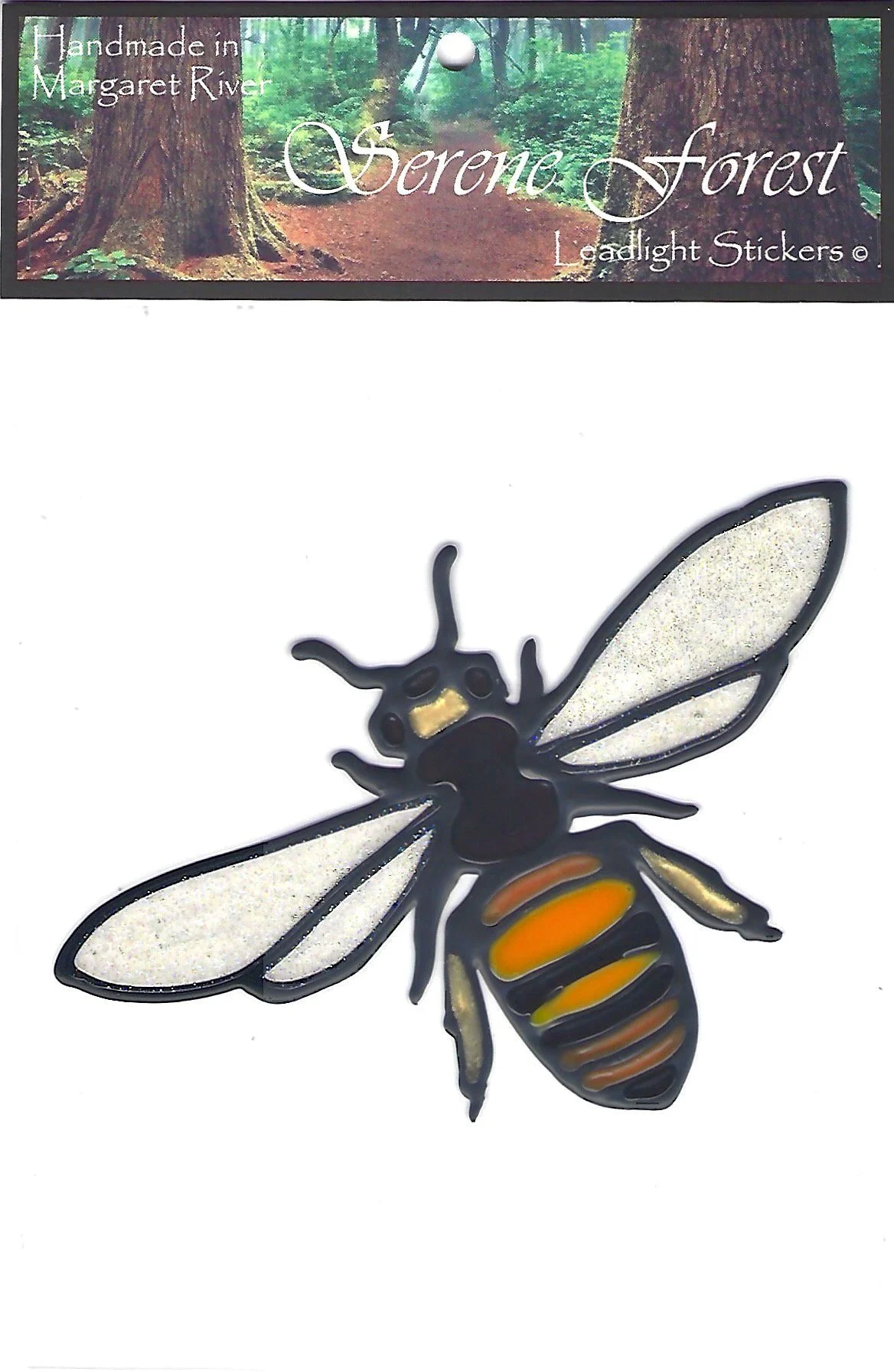
Koala
Koalas can only live in one place in the world, Australia. The koala only eats Eucalyptus leaves and it eats so many leaves, it smells like the leaves. The koala hops from tree to tree and climbs the trees to get the leaves.
The word koala is said to come from the Dharug peoples (whose traditional lands span the area from Parramatta to the Blue Mountains of New South Wales) word meaning ‘no water’.
Koalas have particularly hard bottoms, which is similar to their closest relative, the wombat. For the koala, this feature enables them to wedge comfortably in tree forks for long periods of time, whereas the wombat uses its hard bottom as a defense mechanism.
Quokka
Renowned as one of the happiest animals in the world due to their cute smiles and friendly nature. The quokka is part of a selfie craze that has taken off over the last several years. These adorable marsupials can be found on Rottnest Island in Western Australia.
Like their Kangaroo relatives, quokkas move around by hopping and bounding. However, they can also climb trees up to two metres but usually only when searching for food. Quokkas store fat in their tails as a means of surviving when food stores are low, and they can also go months without water.
Unlike the boxing kangaroo, quokkas are not territorial and are happy to share space, food and shelter.
Dragonfly
Watch out for dragonflies wherever there is water such as a pond, stream, river or lake. Dragonflies are happy to hang around your backyard provided you have a permanent water supply, such as a pond that contains food that the dragonfly nymphs can live on.
Dragonflies chase and catch other insects in acrobatic displays. When they rest, their wings lie flat just like when they are in flight as they cannot fold them over their bodies.
Bee
The vast majority of Australia's native bees, though, are solitary species that build small individual nests. Solitary native bees can sting but they are not aggressive. Some dig burrows for their nests in the ground whilst others use narrow holes in timber or pithy stems. Our solitary bee species include blue banded bees, teddy bear bees, leafcutters, resin bees, cuckoo bees and masked bees.
Native bees are important pollinators of Australia's wildflowers. They also make an important contribution to Australian agriculture, through crop pollination.
Kangaroos
Kangaroos are large marsupials that are found only in Australia. They are identified by their muscular tails, strong back legs, large feet, short fur and long, pointed ears. Like all marsupials, a sub-type of mammal, females have pouches that contain mammary glands, where their young live until they are old enough to emerge.
Kangaroos are in the Macropodidae family, which also includes tree-kangaroos, wallabies, wallaroos, quokkas and pademelons. When people think of kangaroos, the four species that typically come to mind are the antilopine kangaroo, the red kangaroo, the western grey kangaroo and the eastern grey kangaroo. They are sometimes referred to as the "great kangaroos" because these species are much larger than other kangaroos.
Red Eyed Tree Frog
Many scientists believe the red-eyed tree frog developed its vivid scarlet peepers to shock predators into at least briefly questioning their meal choice.
These iconic rain-forest amphibians sleep by day stuck to leaf-bottoms with their eyes closed and body markings covered. When disturbed, they flash their bulging red eyes and reveal their huge, webbed orange feet and bright blue-and-yellow flanks. This technique, called startle coloration, may give a bird or snake pause, offering a precious instant for the frog to spring to safety.
Their neon-green bodies may play a similar role in thwarting predators. Many of the animals that eat red-eyed tree frogs are nocturnal hunters that use keen eyesight to find prey. The shocking colors of this frog may over-stimulate a predator's eyes, creating a confusing ghost image that remains behind as the frog jumps away.





